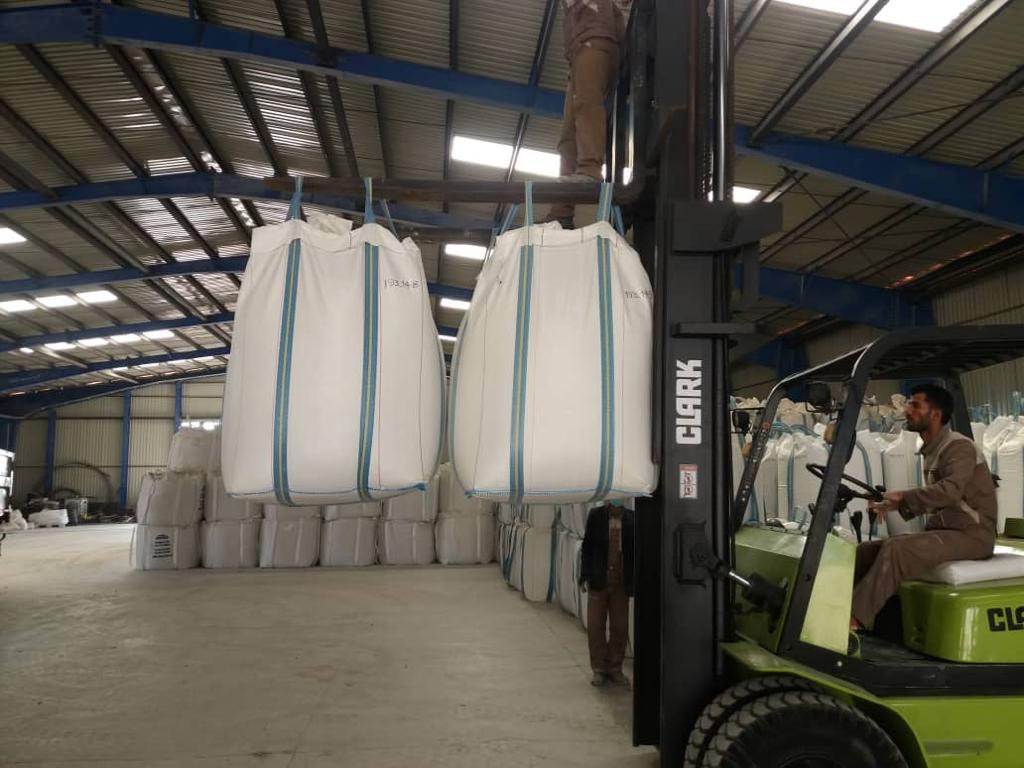
General Definition of Iran Bentonite Powder
The mineral bentonite can be found all over the world. Iran Bentonite Powder is formed from weathering volcanic ash. It has some exceptional properties: when stirred into water, it demonstrates thixotropic behavior in which it becomes thinner and less viscous.
Bentonite is a clay that has a particularly useful characteristic. It can absorb many times its weight in water. It is useful in drilling wells because water mixed with bentonite tends to coat the walls of the hole and keep it from collapsing.
Bentonite is an absorbent aluminium phyllosilicate clay consisting mostly of montmorillonite. Bentonite is a clay generated frequently from the alteration of volcanic ash, consisting predominantly of smectite minerals, usually montmorillonite. Bentonite deposits are normally exploited by quarrying. Extracted bentonite is distinctly solid, even with a moisture content of approximately 30%. The material is initially crushed and, if necessary, activated with the addition of soda ash (Na2CO3). Bentonite is subsequently dried (air and/or forced drying) to reach a moisture content of approximately 15%. According to the final application, bentonite is either sieved (granular form) or milled (into powder and super fine powder form). For special applications, bentonite is purified by removing the associated gangue minerals, or treated with acids to produce acid-activated bentonite (bleaching earths), or treated with organics to produce organoclays. The different types of bentonite are each named after the respective dominant element, such as potassium (K), sodium (Na), calcium (Ca), and aluminium (Al).
(Zumrut Kimia) is a well-known supplier of bentonite in the Middle East. Using bentonite has a long history, and our bentonite has been used as a cleaner and cure during the centuries.
Bentonite is a mineral product structured from Alumina and Silica sheets.
While it can divide into particles with 0.003-micrometer dimension and 0.01-micrometer longitude. Therefore, easy separation and negative electrical charge result in rapid distribution of bentonite in water.
Besides, having high ion exchange capacity is one of the most significant characteristics of this mineral; Which has an obvious effect on bentonite’s classification as a tradable product.
there are two Calcium bentonite and Sodium bentonite. Sodium bentonite has a very high swelling capacity; As far as we mostly know it as Swelling bentonite.
The exclusive water absorption of sodium bentonite makes it a very efficacious material for construction and excavation. Though, Calcium bentonite has a lower swelling potential.
Zumrut Kimia as an experienced company in bentonite supply and export is active in this field. Our reliable and professional logistic team delivers cargoes to different ports all over the world.
Types of Bentonite
There are two basic types of Bentonite, Sodium type and Calcium type:
- Sodium Bentonite: Because of its high absorbency and clumping tendency, Sodium Bentonite is useful as a sealant. It is considered a safe, natural, nontoxic and inexpensive treatment for porous soils. Its swelling capacity gives Sodium Bentonite the ability to bond with soil and create and impenetrable barrier. Sodium Bentonite is also used for mud drilling, clumping cat litter, and as a bonding agent for feeds, medicines and cosmetics. Currently, Sodium Bentonite is being investigated as an absorbing agent to remove E-Coli bacteria from food.
- Calcium Bentonite: Calcium Bentonite is referred to as “living clay” because of the belief found in many cultures that it is useful as a medicine. The practice of geophagy or “earth eating” is centered on the belief that some clays such as Calcium Bentonite is able to be safely ingested for the absorption and removal of toxins from the gastrointestinal tract. Geophagy is known to have been practiced by some Indigenous peoples of Australia and Africa. The modern alternative healthcare industry uses Calcium Bentonite extensively for internal and external toxin removal that is believed to be based on ion exchange. Consult your doctor if you are considering ingestion of any non-food substance.
Application of Bentonite Powder
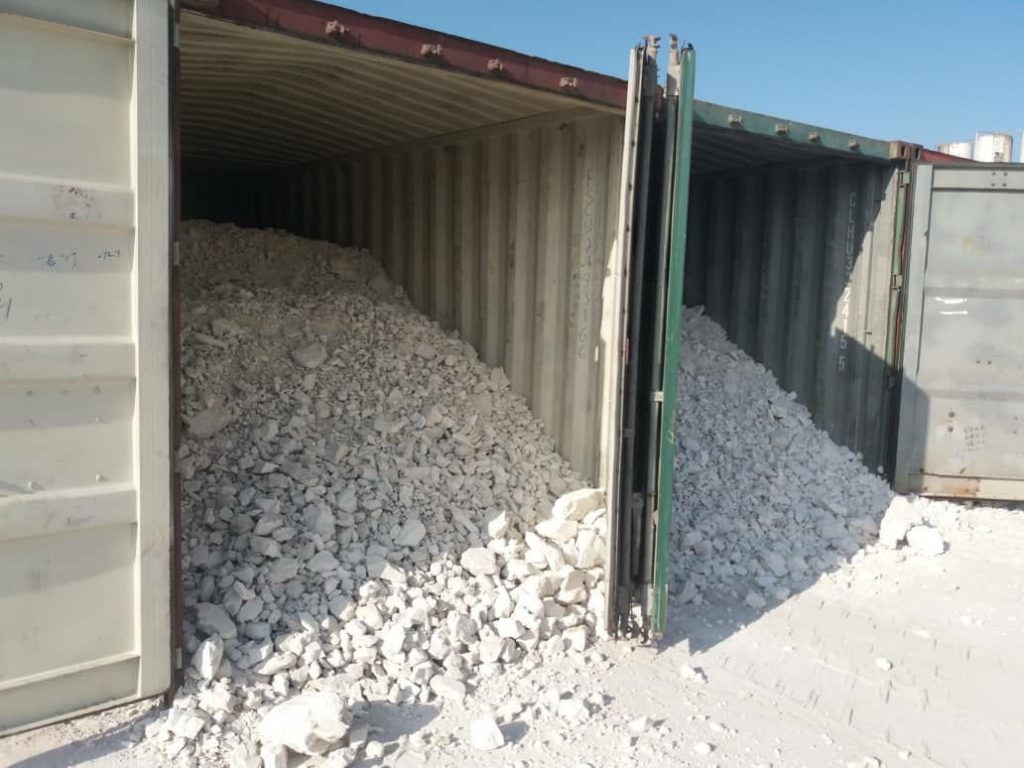
The main uses are for drilling mud, binder foundy-sand bond.
- Drilling mud.
- ceramic tile
- Waterproof granule, precision casting.
- Absorbent (Cat Litter | Baby powder).
- Producing Calcium Bentonite and Potassium Bentonite .
- Purifier.
- Groundwater barrier.
- Iron and Steel foundries (pelletizing).
- Pharmaceuticals (On the skin to heal Eczema | dermatologic formulas Teeth and Gum ).
- Environmental (Purifies water | waste water | Construction).
- Battlefield wound dressings.
- Thai Farming and agriculture.
- Oils/ Food.
- Detergents.
- Catalyst.
- Paper Paints.
- Groundwater barrier.
Drilling Bentonite (API)
The most common use of bentonite is in drilling fluids. The bentonite in the flush fluid lubricates and cools the cutting tools while protecting against corrosion. As the drilling fluid generates hydrostatic pressure in the borehole, it hinders fluid and gas penetration. Bentonite API Grade is used to increase viscosity and reduce fluid‐loss in water‐base drilling fluids. It is a cost‐effective means of achieving viscosity, fluid‐loss control and filter‐cake quality in freshwater and seawater mud.
Advantages
Hydrates more than other types of clays and is best for generating viscosity, developing gels for suspension and controlling filtration Small particle size, unique flat shape and high surface area of hydrated Bentonite viscosifier provides superior filtration characteristics Promotes the deposition of thin, compressible filter cakes in the wellbore
Best-grade Drilling Bentonite (sodium montmorillonite), which is mainly used as a filter cake control agent and suspension agent, is the suspension agent in freshwater systems and is used in all water-based gas systems.
Bentonite is used as a lubricant/ thickener for drilling fluids. Drilling mud is very important in removing drilling cuttings during the drilling process. When bentonite is mixed with water, it forms a liquid (slurry) that is pumped through the drill stem and exits through the drill head. Drilling mud or gel is used for both cooling and lubrication of the drill bit. It also seals the drill hole and prevents leakage and prevents the walls of the well from collapsing
As Drilling Bentonite is released into the water, relatively large shells of sodium bentonite are converted into colloidal particles, releasing electrical energy stored in the crystal lattice and swell about 15 to 30 times the original volume. This property is used in drilling to disperse heavy materials; thus, bentonite creates a coating on the good wall and prevents the migration of oil and gas, and stabilizes the wall.
- Hydrates more than other types of clays
- Best for generating viscosity, developing gels for suspension, and controlling filtration
- Small particle size, unique flat shape, and high surface area of hydrated Bentonite viscosity
- Provides superior filtration characteristics
- Promotes the deposition of thin and compressible filter cakes in the wellbore
Features and properties (API Grade; 13A-section 9)
- This material must be in powder form and free of visible impurities.
- Humidity: maximum 12% at 105±2 ˚C
- Yield: minimum 16
- Plastic viscosity 600 Reading at 64 grams: minimum 30
- Yield Point/plastic viscosity ratio: maximum 3
- Volume Filter: maximum
Pelletizing Bentonite
Bentonite is used as a binding agent in the production of iron ore pellets. Through this process, iron ore fines are converted into spherical pellets, suitable as feed material in blast furnaces for pig iron production, or in the production of direct reduction iron (DRI).
Bentonite is primarily used for improving dry compressive strength of iron concentrate pellets so that they go through the processes such as smelting without much damage. Ball et al. (1973) indicated that bentonite clay has the following effects.
- Bentonite absorbs moisture, allowing for higher moisture concentrate feeds to be pelletized. Moisture variations can be overcome by altering bentonite dosages.
- As bentonite is mixed into the iron ore concentrate it becomes wet so that clay layers expand and disperse by the hydration of exchangeable interlayer cations, transforming into a matrix that bonds the ore particles together.
- During tumbling, the pellets are formed by particles adhering to each other in layers, which are compacted by the weight of the other pellets into a spherical shape. Bentonite is well dispersed and retains an even distribution of moisture throughout the wet pellet as it grows.
- During drying, bentonite increases the drying rate by providing a pathway for the moisture to be removed
Current practice for pelletizing iron ore concentrates was developed in 1950’s during which bentonite clay was practiced as a binder and since then it has remained the most acceptable binder because of its effectiveness and relatively low cost.
Purification Bentonite
The high adsorption capacity of bentonite also is an important property when it comes to treatment and purification of process water, wastewater and effluents. Operating in concert with flocculation agents, bentonite agglomerates filler materials and colloidal constituents into stable flocs that can easily be skimmed after microflotation or sedimentation. This not only benefits our environment but also promotes a cost reduction for our customers.
In this regard, bentonite has been discovered to be a potential adsorbent for softening of water because of its ability to allow adsorption of cationic species such as Pb2+ and Cu2+ and acid dye. Native form of bentonite does not achieve high removal efficiency; therefore, to improve its adsorption capacity, bentonite is typically modified by the addition of other chemicals. Sodium dodecyl benzene sulfonate (SDBS), a surfactant with a negative charge, has potential to attract positive charge ionic component. It has been widely used in detergent due to the presence of alkylbenzene sulfonate which is a major constituent of synthetic detergent.
Paint Bentonite

Rheology plays a major role both in production and application stages of paint. Na-bentonite clay based thickening agent, is generally used to modify the viscosity of paints, since it is more economically and environmentally friendly compared to polymer based thickening agents.
Bentonites are used in variety of diverse industries including thickeners and extenders for paints.Color of rheological agents is an important parameter for paint industry. If the color is not white, it causes color problems for paint. Bentonite is a clay mineral, which can be used in many industries due to its unique chemical and physical properties.
Pet litter Bentonite
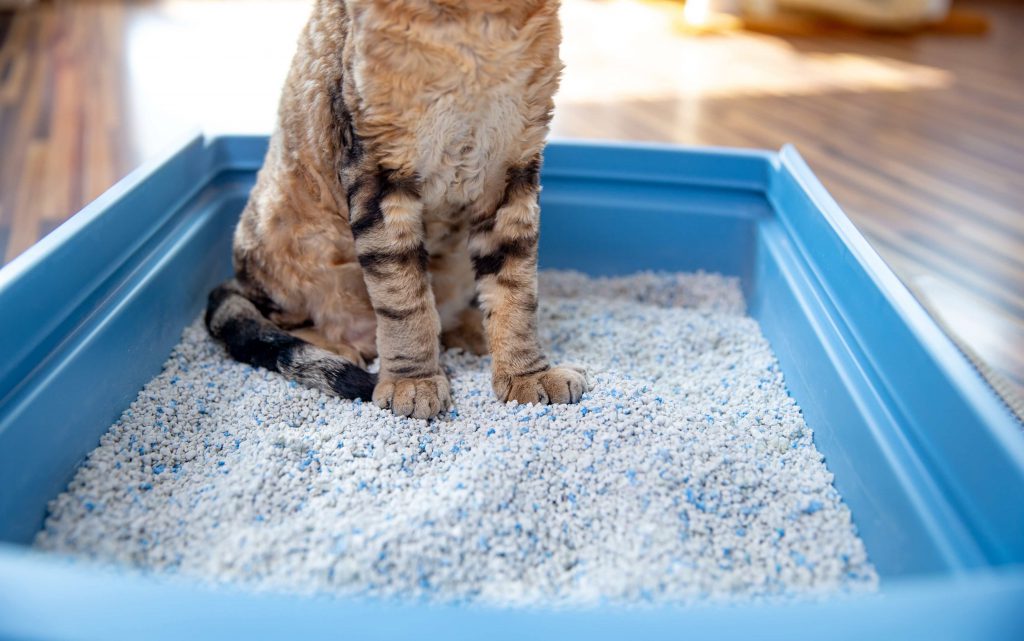
Bentonite is used for pet litter, due to its advantage of absorbing refuse by forming clumps (which can be easily removed) leaving the remaining product intact for further use.
- It is very efficient in absorbing moisture
- It is very efficient in preventing dispersion of unpleasant odors
- It makes the cleaning of the pets’ toilet very easy and simple
- It does not make the pets’ fur and claws dirty
- It prevents the growth of bacteria, fungi and parasites
- It is a fully natural material without artificial color or odor
- It provokes no discomfort if swallowed in small quantity.
Civil Engineering Bentonite Powder
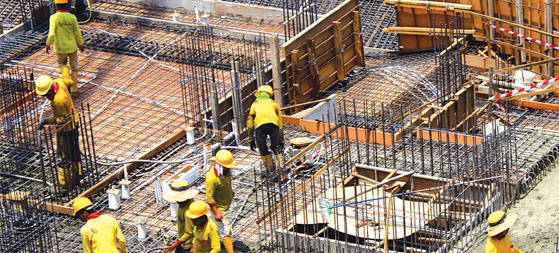
Construction and Civil Engineering Bentonite in civil engineering applications is used traditionally as a thixotropic support and lubricant agent in diaphragm walls and founda- tions, in tunnelling, in horizontal directional drilling and pipe jacking. Bentonite, due to its viscosity and plasticity, is also used in Portland cement and mortars. According to directives of the European Union, bentonite is recommended as a sealing material in the construction and rehabilitation of landfills to ensure the protection of groundwater from the pollutants.
- Make excellent pond construction.
- Stabilize the excavation.
- Penetrates deep into cleavages and cracks and clog the pores.
- Supporting suspension for cut of diaphgram wall construction and shield tunneling.
- Develops good suspension at lower dossage.
- Sub soil sealing and friction agent.
- Environmentally safe and does not affect the water, live stock or wild life when properly applies.
- Soil concrete.
- Swells 15 – 18 times to its size when it becomes wet.
Animal & Poultry Feed Bentonite Powder
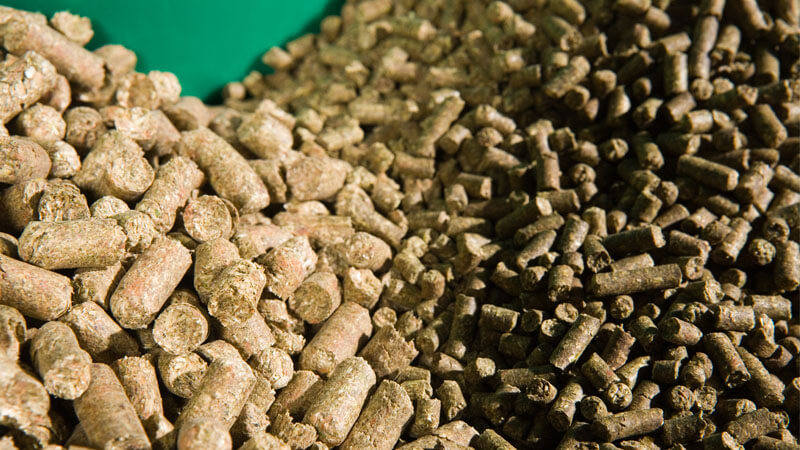
Bentonite is used as an animal feed supplement, as a pelletizing aid in the production of animal feed pellets, as well as a free flowing aid for unconsolidated feed ingredients such as soy meal. Besides this, Bentonite functions as a substance for reduction of the contamination of feed by mycotoxins. Because aflatoxins affinities with Bentonite, small amounts are added to animal feed to stimulate reduction in the animals system.
Fertilizer Bentonite Powder

process eventually leads to soil degradation and decreased crop production. The International Water Management Institute had found bentonite clay as a solution to soil degradation. One major side effect of erosion and soil degradation is the inability for the land to retain water. They found that when bentonite clay is mixed with farming soil, it increases water-retention and thus the ability for crops to access water. Farmers benefit from its low cost and wide availability.
Application of Bentonite clay technology made a big contribution to rejuvenating the degraded soils and it has improved yields and farmers incomes. It is used as an ion exchange for improvement and conditioning of the soil. When thermally treated, it can be used as a porous ceramic carrier for various herbicides and pesticides. We offer Bentonite powder as well as granular Bentonite for agricultural uses.
The high CEC (Cation-Exchange-Capacity) makes Bentonite a highly effective additive for improvement and conditioning of the soil.
Casting Bentonite Powder
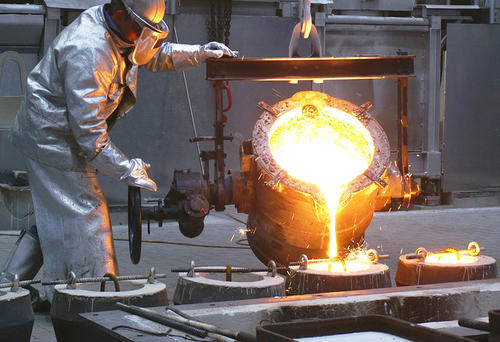
Bentonite is used as a binding material in the preparation of molding sand for the production of iron, steel and non-ferrous casting. The unique properties of bentonite yield green sand moulds with good flowability, compactability and thermal stability for the production of high quality castings.
Develops good green and dry strength and better flowability with optimum temperature of water.
High thermal stability.
Easy to develop sharp and strong mold edge and corners.
Good mold strength in high pressure molding.
Develops good strength at lower addition
Better control on active clay.
One of the reasons that bentonite is used as a binding material is the possibility of its multiple use. In the process of moulds pouring with liquid metal they are exposed to a high temperature influence, exceeding sometimes even 1000oC. A thermal stability of bentonite, in principle its main component – montmorillonite – as well as changes in microstructure decide on the bentonite suitability for foundry practice.
Packing of Bentonite Powder
According to customer’s demands.
- 25 kg Bag, 40 kg Bag, 50 kg Bag,
- 1.0 MT Jumbo Bag, 1.15 MT Jumbo Bag, 1.25 MT Jumbo Bag.
- Can be loose bulks in 1*20 FCL 25-27 tons (Lump form)
Specification of Bentonite Powder
Technical Data Sheet of API 13 A-Section 9:
| Viscometer Dial Reading at 600 rpm | 30Min |
|---|---|
| Yield Point/Plastic Viscosity Ratio | 3 Max |
| Filtrate Volume | 15.0 cm3 Max |
| Residue Greater than 75 Micrometers | 4.0 wt. % Max |
| Packing | 30 Kg PP/PE, paper Sacks, !Mt Big Bog |
| Uses | As Viscosifier in Drilling Fluid |
Technical Data Sheet of API 13 A-Section 11(ocma):
| Viscometer Dial Reading at 600 rpm | 30Min |
|---|---|
| Yield Point/Plastic Viscosity Ratio | 6 Max |
| Filtrate Volume | 16.0 cm3 Max |
| Residue Greater than 75 Micrometers | 4.0 wt. % Max |
| Packing | 30 Kg PP/PE, paper Sacks, !Mt Big Bog |
| Uses | As Viscosifier in Drilling Fluid |
Technical Data Sheet of Drilling (High yield):
| PARAMETER | SPECIFICATION |
|---|---|
| 600RPM | Min 60 |
| Plastic Viscosity | Min 4 |
| Residue of diameter greater than 200mesh (%) | Min 6 |
| Percentage of Moisture (%) | Min 12 |
Technical Data Sheet of Fertilizing:
| Parameter | Specification |
|---|---|
| Swelling index (2gr) | 22 – 24 |
| Gelling index (24 hours) | 16 |
| Percentage of Montmorillonite (MN 616) | 54 |
| Wet Tensile Strength (KgF/cm2) | 0.09 |
| Green Compressive Strength (KgF/cm2) | 0.35 |
| PH | 8.8 – 9 |
| Water Absorption (24h) | 500 – 550 |
| 600 RPM | 26 - 28 |
| Ratio (Yield Point / Plastic Viscosity) | 4 |
| Percentage of Moisture (%) | Maximum 12 |
| Residue of diameter greater than 200mesh (%) | Maximum 14 |
Technical Data Sheet of Tiles and ceramics:
| Parameter | Specification |
|---|---|
| Swelling index (2gr) | 18-20 |
| Gelling index (24 hours) | 14 |
| Percentage of Montmorillonite (MN 616) | 50-54 |
| Water Absorption (24h) | 500-550 |
| Percentage of Moisture (%) | 10-12 |
| Residue of diameter greater than 200mesh (%) | Maximum 6 |

